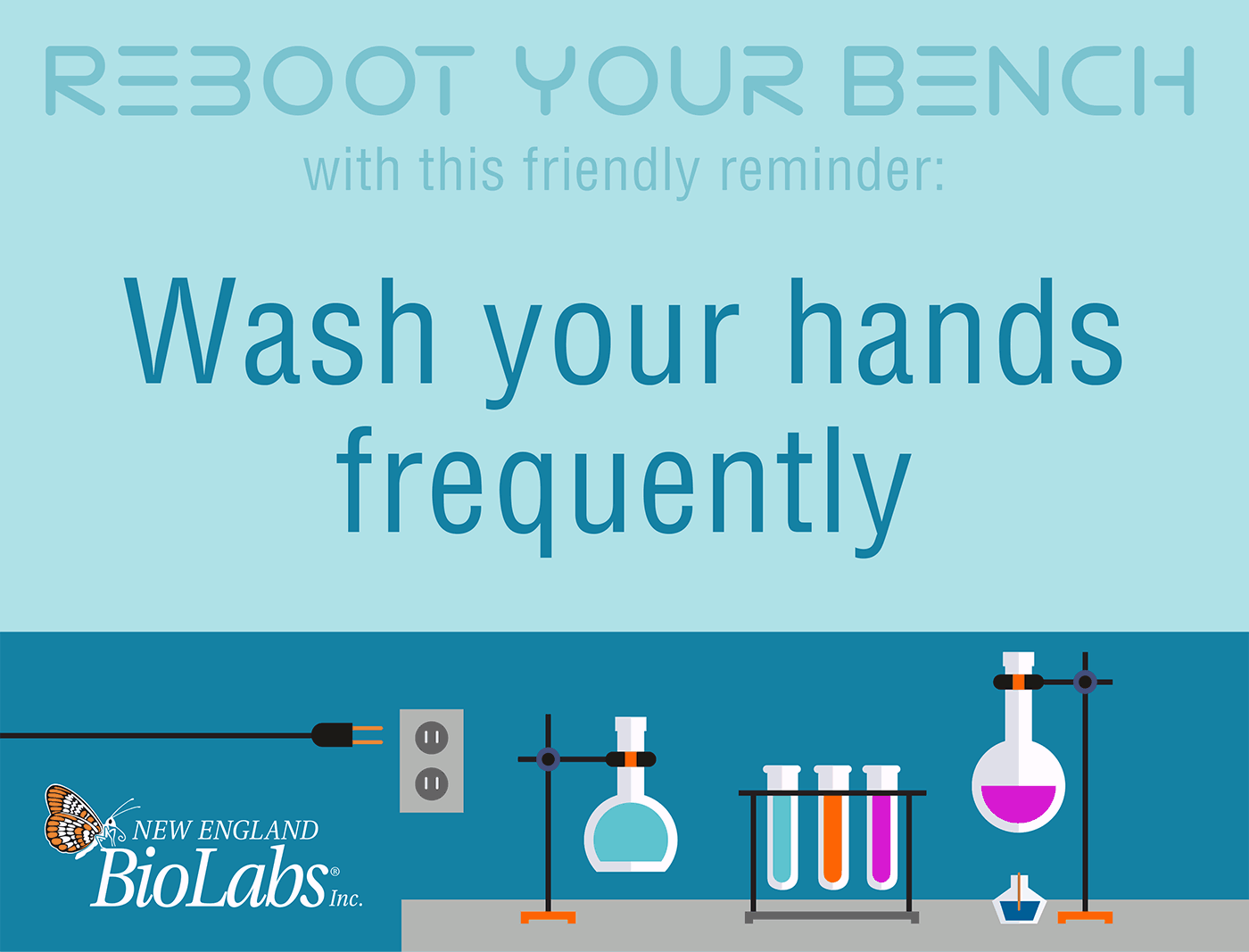
Research lab safety during COVID-19
Posted on Thursday, November 19, 2020
By
Topic: Tips for the lab
Have a Laboratory Health & Safety Plan
Make sure that your lab has access to or has created its own plan. First, check in with your institution, as they likely have rules in place. If not, you can create a plan for your lab using the guidelines below:
• Understand any protocols for health monitoring
• Have PPE on hand for lab members’ use
• Stagger lab work schedules and lunch breaks to avoid contact with other lab members
• Save necessary non-lab work for at home
• Make sure lab members know who they should contact if they are sick
• Break up lab space so that members are at least six feet (2 meters) apart
• Set up maximum capacities for meeting rooms and break spaces
• Communicate with delivery rooms to understand policies for package pick-up and drop-off
• Discourage visits from non-lab members
• Outline accountability for non-compliance events
After you have a plan outlined, be sure to communicate it to all lab members and set up a virtual training session to make sure everyone is on the same page. You can also print out signage with reminders of some of the lab safety policies, like the ones below.

Personal Safety in the Lab
There are things we can all do to mitigate our personal exposure and risk of contracting COVID-19. Some of these are probably practices that you are using in your personal life, but some are a bit more specific to lab. Let’s review:
• Wash your hands frequently and for at least 20 seconds
• Practice social distancing
• Do not touch your face
• Wear your mask (the right way… you know what I am talking about) and gloves
• Wash lab coats frequently
• Add some hand sanitizer stations around phone and communal areas
The MyNEB® Digital Lab Assistant skill for Alexa, which offers help with scientific calculations and helpful enzyme info for voice-based inquires, is a great way to improve lab work efficiency. This is critical today since time in the lab is often much shorter due to social distancing safety requirements.

Lab Equipment and Reagents
If your lab was left untended for a significant amount of time, you may have a bit of cleanup and catch up in your future. This helpful list outlines a number of activities and safety procedures to ensure that your lab equipment and reagents are ready for safe use.
• Check that equipment is calibrated and ready to use
• Check for software updates
• Rethink the location of frequently used equipment to enable socially distancing
• Sanitize lab phones and computer keyboards or touchscreens regularly
• Take stock of reagents and their expiration dates
• Give the lab a deep clean more frequently
• Flush water lines, if necessary
• Make sure safety devices, like eye wash stations and fire extinguishers, are clean and working
We are all excited to get back into the lab, so let’s make sure we can stay in the lab by following the guidance of experts and fellow scientists. Let’s be respectful of our own as well as our co-workers health and schedules and need for human interaction. And let’s do that safely. Let’s all make it through this pandemic, by being responsible and practicing the necessary safety measures.
NEB will not rent, sell or otherwise transfer your data to a third party for monetary consideration. See our Privacy Policy for details. View our Community Guidelines.
Products and content are covered by one or more patents, trademarks and/or copyrights owned or controlled by New England Biolabs, Inc (NEB). The use of trademark symbols does not necessarily indicate that the name is trademarked in the country where it is being read; it indicates where the content was originally developed. See www.neb.com/trademarks. The use of these products may require you to obtain additional third-party intellectual property rights for certain applications. For more information, please email busdev@neb.com.
Don’t miss out on our latest NEBinspired blog releases!
- Sign up to receive our e-newsletter
- Download your favorite feed reader and subscribe to our RSS feed
Be a part of NEBinspired! Submit your idea to have it featured in our blog.


